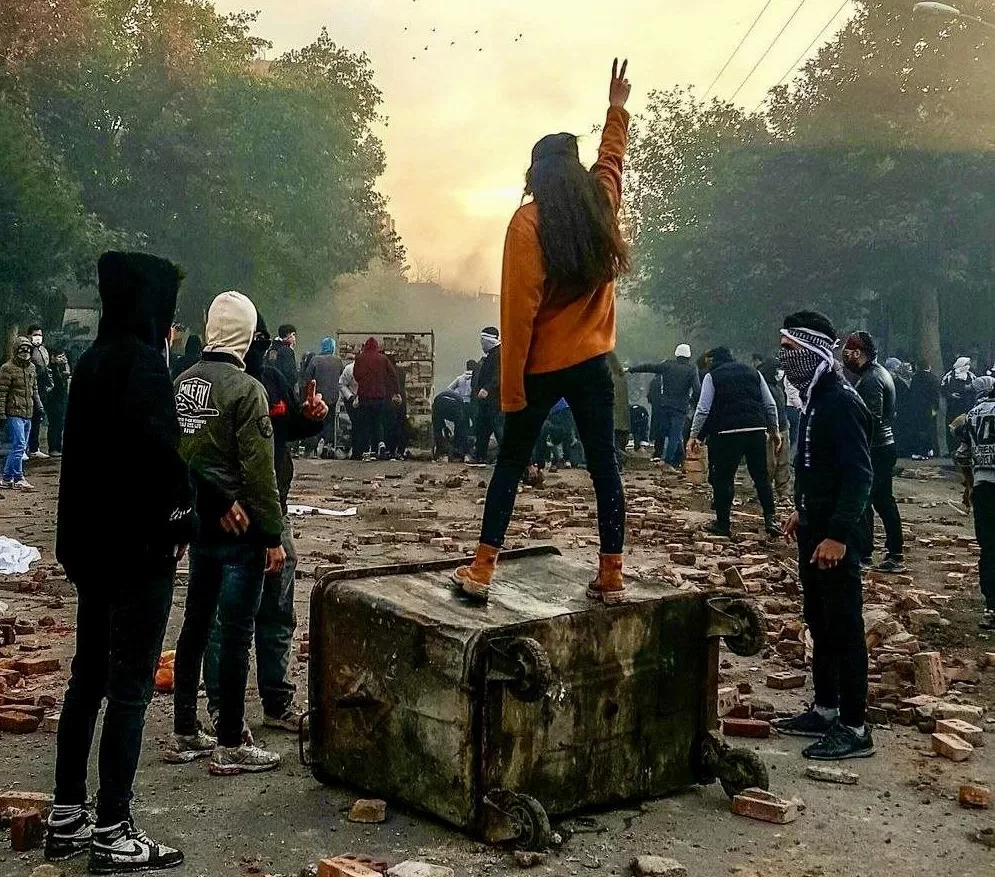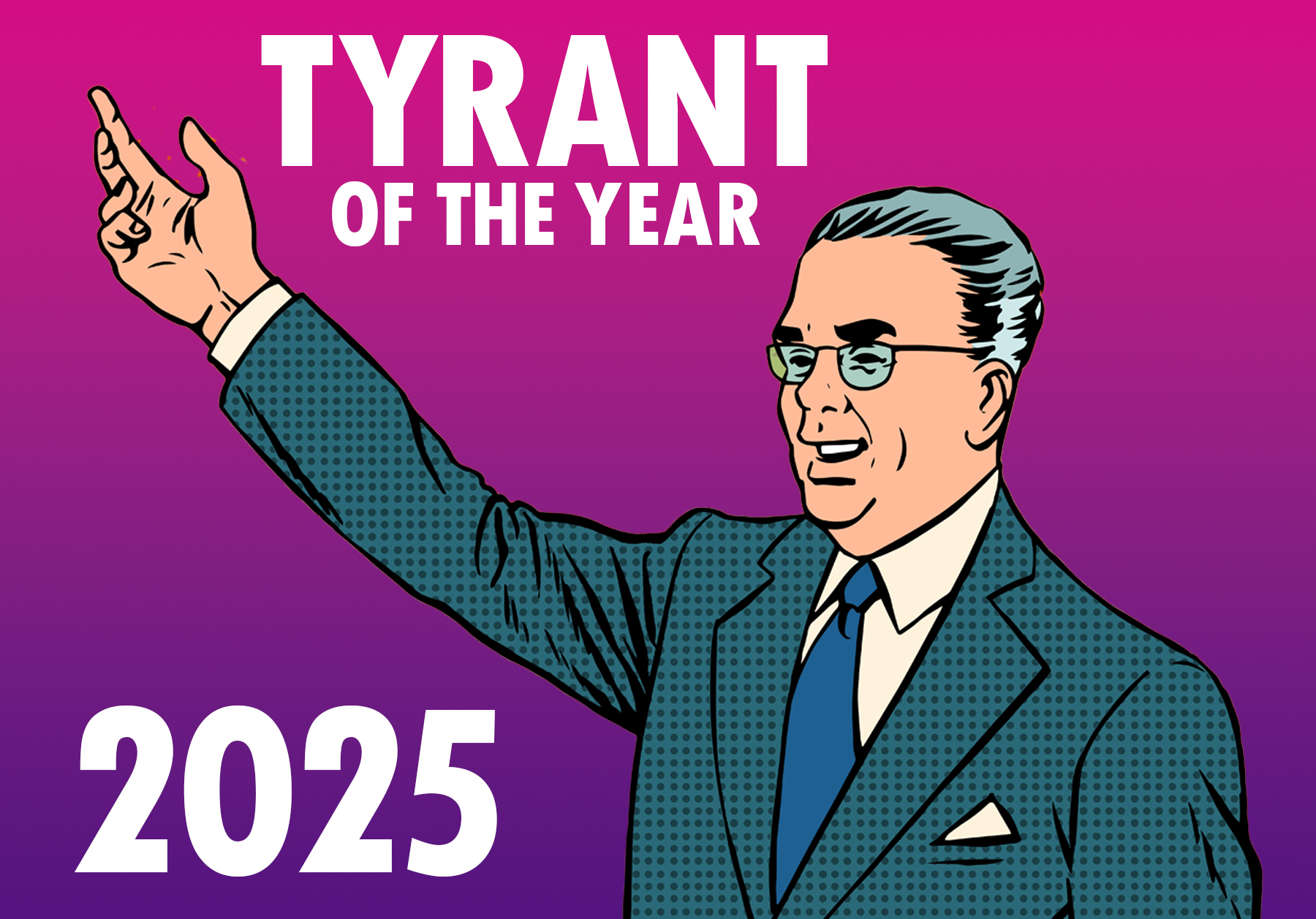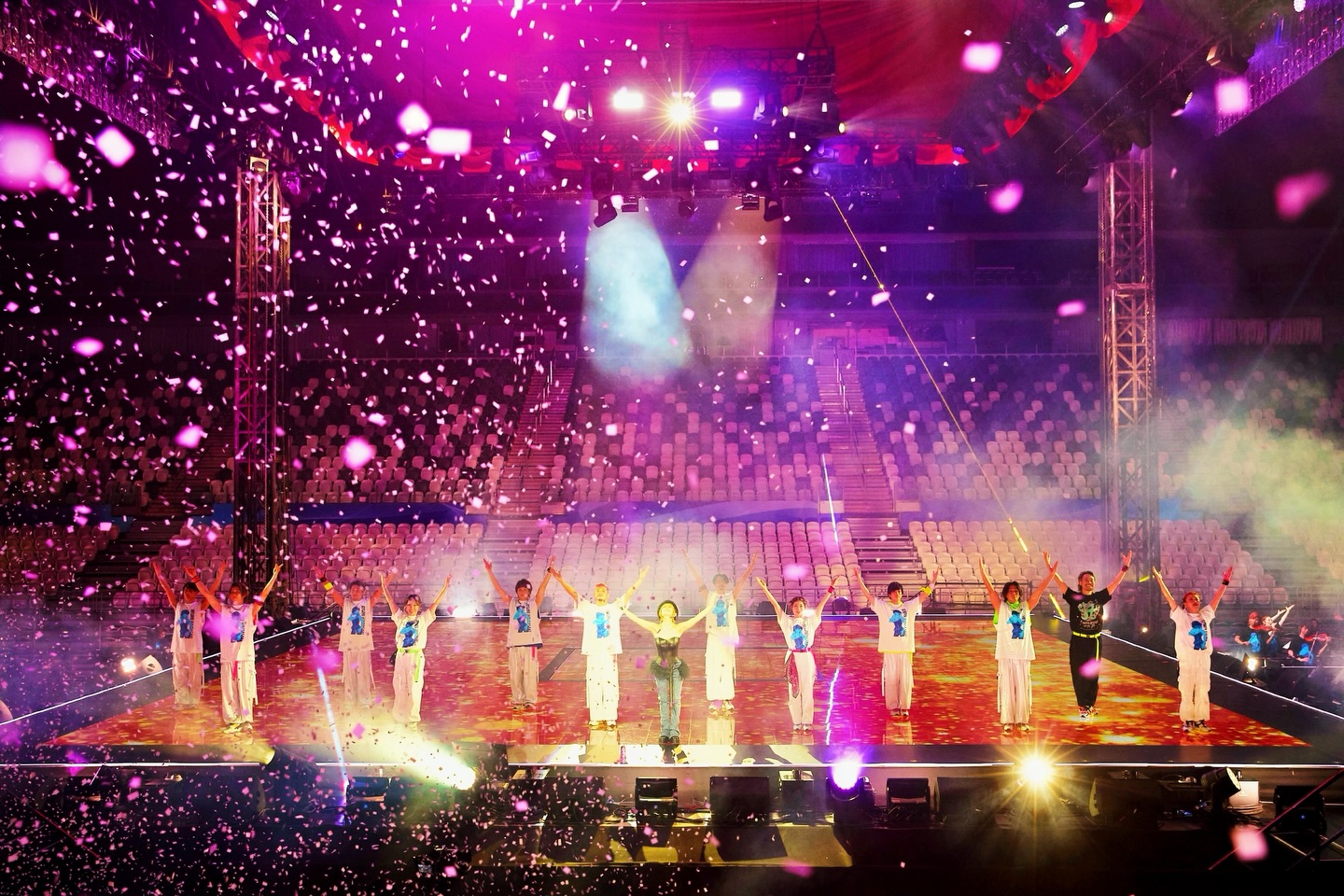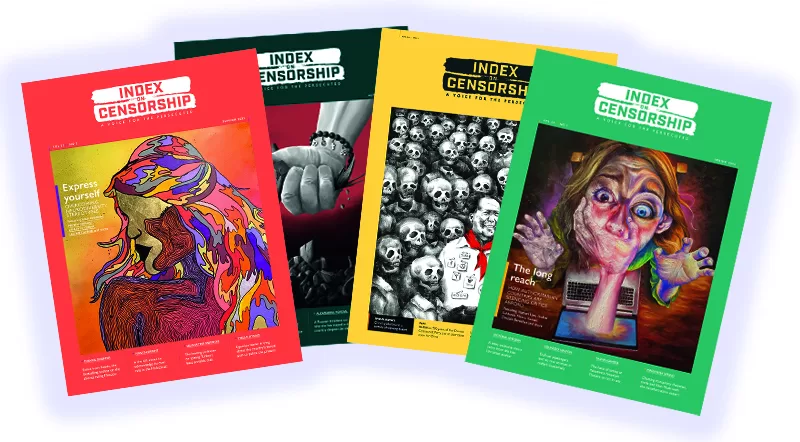While Iran and Israel continue to provoke each other in the aftermath of the 7 October attacks by Hamas, there are concerns that the fate of protesters in Iran, particularly those that started after the murder in custody of Jina ‘Mahsa’ Amini, are being forgotten as the Iranian leadership cracks down.
“Governments often utilise external conflicts to divert attention from domestic issues,” says exiled Iranian film-maker Vahid Zarezadeh. “In Iran, while the government addresses threats from abroad, it simultaneously intensifies its grip on civil liberties at home, particularly targeting women’s freedoms. This approach helps consolidate power internally by rallying nationalistic sentiments while suppressing dissent.”
Zarezadeh, who made the documentary White Torture in collaboration with the jailed 2023 Nobel Peace Prize winner Narges Mohammadi and Gelareh Kakavand, says, “Given the complexities of the current events in Iran and the ongoing regional tensions, it’s crucial to understand the multifaceted nature of the strife affecting the nation, particularly its impact on women and civil society. As Iran navigates its ongoing conflict with Israel, another critical issue persists domestically: the war against women in the streets of Tehran and other cities. This battle is intensifying with new legislative measures concerning the hijab, marking the beginning of a renewed phase of systematic suppression.”
Last September, Iran’s parliament passed a bill with a huge majority that meant that refusing to wear a hijab, either in person or even on video on social media, was considered as nudity. The bill allows for jail sentences of up to ten years for those who fail to adhere to the new measures. Iranian businesses that “promote or allow immoral behaviour”, including not wearing the hijab, are also targeted by the bill.
Zarezadeh says that pressure from the Iranian authorities on protest and dissent has increased markedly.
“A stringent crackdown on dissent has emerged, characterised by the systematic suppression of women and civil activists,” he says. “While the massive protests have lessened in visibility due to severe governmental crackdowns, underlying discontent remains. The fear of reprisal, particularly the death penalty, has tempered the public’s willingness to protest as openly as before.”
Even with the new stricter laws on dress code, he says that resistance against the compulsory hijab continues as a symbol of wider discontent with systemic gender-based restrictions.
“Despite the risks, including severe penalties such as the death penalty, the spirit of dissent still simmers, manifesting in smaller, yet persistent protests,” he says.
The resistance is still being kept alive through social media, and X in particular, where the hashtag #جنگ_علیه_زنان (“war against women”) has gained traction. Its widespread usage serves as a barometer for the internal sentiment against the current regime’s policies.
Videos showing women being violent attacked in broad daylight by the morality police and being thrown into the backs of vans are being widely shared using the hashtag, such as this:
#جنگ_علیه_زنان یعنی عمری با حکم محرم و نامحرم زنان را از حضور در عرصه عمومی منع کنند و برای اجرای طرح های تفکیک جنسیتی هزینه های هنگفت مالی،جانی و روانی به مردم تحمیل کنند،اما در چنین موقعیتی اجازه لمس بدن زن را به مزدورانشان بدهند!
— Atena Daemi (@AtenaDaemi) April 17, 2024
Many women human rights defenders and activists have been thrown in prison, and face dire conditions with no adequate medical or sanitary provisions.
“A poignant example is Bahareh Hedayat, a prominent student activist who was temporarily released for medical treatment due to uterine cancer but has since been returned to prison,” says Zarezdeh. “Such cases underscore the severe and deteriorating conditions faced by women behind bars.”
One powerful symbol in the protests over the last two years were the actions of schoolgirls in protesting against the restrictions on women.
However, young protesters, including many schoolgirls, have since faced detention and other forms of intimidation. Detailed follow-ups on their situations are scant due to restrictions on information flow within the country.
The fate of the Iranian woman climber Elnaz Rekabi is also far from clear. Rekabi competed in a climbing tournament in South Korea in 2022 without a hijab.
“After her act of defiance by competing without a hijab, Elnaz Rekabi faced both support and significant pressure upon her return to Iran,” says Zarezdeh
When she flew home from South Korea, Rekabi said that her hijab had fallen off inadvertently. Her family’s villa in Iran was subsequently demolished, seemingly in punishment.
Zarezdeh says, “The full extent of Rekabi’s current situation remains unclear with concerns about her freedom and well-being continuing to linger.”
There continues to be a hunger for reform despite the crackdown. “The initial surge in hope for a potential regime change has been dampened by the forceful response from the authorities,” says Zarezadeh. “However, the desire for reform and change persists among various sectors of the society.”





